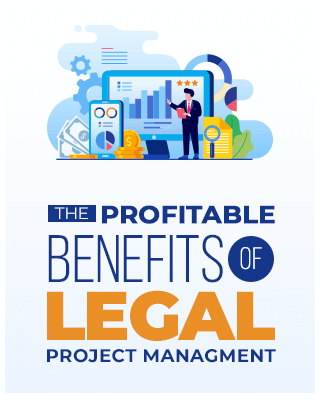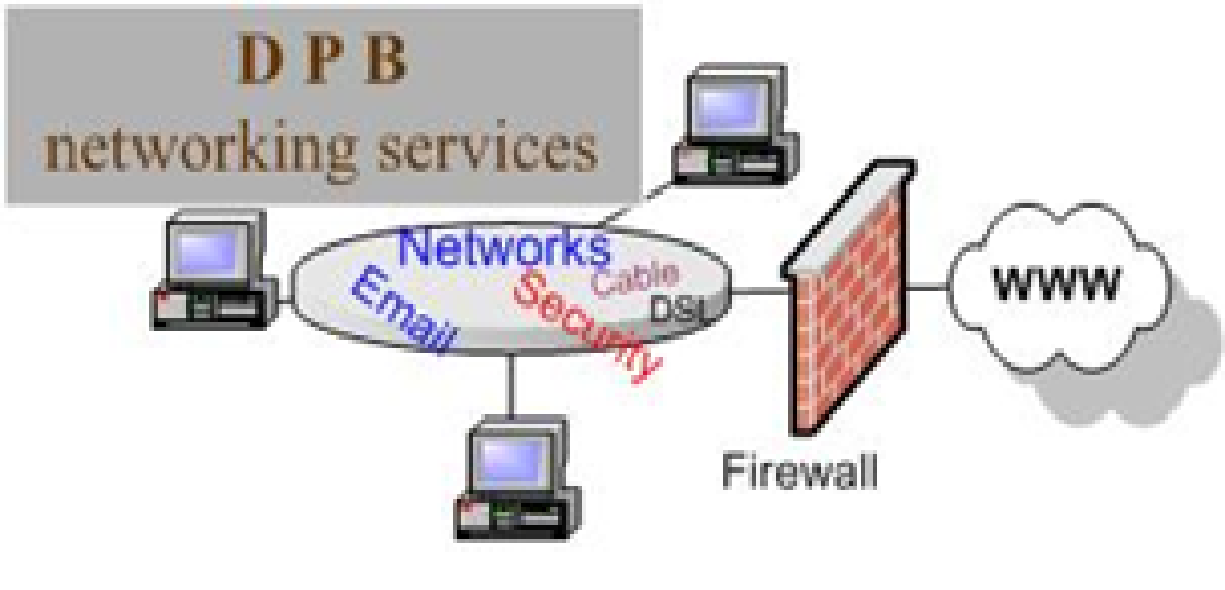Costs are an inevitable part of legal practice. Providing adequate service requires various expenditures for work done on behalf your clients. It’s important to understand whether these expenses are classified as hard or soft costs for a couple of reasons. For one, you may be able to recoup some of these costs from your clients. Secondly, these expenses are handled differently for accounting purposes. This article will offer a better understanding of these costs and how to handle them.
Hard costs
Expenses classified as hard costs generally involve a direct payment to a vendor for services rendered in furtherance of a client matter. Consulting firm Chase Cost Management describes a hard cost as “a short-term loan extended to the client, when the firm pays for a product or service on behalf of the client.” These are expenses that the client understands, and even expects. Because they are viewed as necessary aspects of legal service, clients are more willing to reimburse the firm for them.
Some examples of hard costs include:
- Court filing fees
- Witness fees
- Laboratory fees
- Deposition expenses
- Medical record expenses
Law practices typically handle these costs up front and send client bills for reimbursement. From an accounting perspective, hard costs are characterized as law practice expenses, so they are directly deducted from the firm’s income.
Soft costs
Soft costs also stem from services provided to the client. However, unlike hard costs, they do not result in a direct payment to a third-party vendor. For example, let’s consider that photocopy you made of that 300-page document. If you used your own copy machine to complete this task, you did not pay an outside vendor. However, this task was not without expense. You paid for ink, the maintenance of your copy machine, and the cost of paper. This expense is characterized as a soft cost.
Some examples of soft costs include:
- Copy costs
- Faxing costs
- Postage fees
- Legal research costs
- Electronic data storage
While some law firms do charge these soft costs to the client, there is generally much more resistance to paying for this reimbursement. Your clients may argue that you should cover these necessary costs of doing business. This issue can even lead to a serious dispute if not handled correctly. Soft costs are considered income for accounting purposes, yet they may be offset by equipment and maintenance expenses.
Creating an Effective Budget for Your Law Firm
Creating a law firm budget—it’s not a skill most attorneys pick up in law school. But careful Financial planning is key to building a healthy, proftable legal practice.
Cost recovery
Even if clients fail to recognize the legitimacy of soft costs, they are real expenses for your firm. Over time, they can add up to decreased profits, so it is important to consider recovery methods. Right now, your practice may be writing off these soft costs in response to client pressure. You may believe that it is easier to just swallow these expenses than to deal with the complaints of clients. While this opinion is entirely understandable, you may have other options available for the recovery of these expenses.
One possible solution is to increase your hourly rate to a level where these soft costs are adequately covered. This can be difficult to calculate, but it can be a useful tactic when working to recover these ongoing expenses.
Fixed fee arrangements offer another alternative. With fixed fee billing, you determine a set fee for your services at the onsite of representation. By calculating soft costs into the proposed fee amount, you are guaranteeing reimbursement without the potential problems that a dissatisfied client may bring. A fixed-fee plus cost arrangement can be extremely useful at helping your firm recoup soft costs.
To help you with your recovery efforts, I looked for some other methods used by law firms. Here are a few that I found:
- Admin fees – An upfront administrative fee can include soft costs. It also gives the client the option of paying a one-time fee instead of being nickeled and dimed by costs throughout the course of their representation. Administrative fees require some research to ensure that they are reasonable and justifiable. You should also check with the ethics rules of your state to make sure you remain in compliance. If you find that you are good to go, this could be a viable option for your law practice.
- Converting soft costs to hard costs – When appropriate, soft costs can be converted to hard costs by outsourcing to outside vendors. You can send large copy jobs to a local printer and use carriers to run necessary errands. When these vendors send their invoices, you can pass them on to the client as a hard cost.
- Track your soft costs – Many companies offer tracking software that can be installed on your copiers, scanners, and fax machines. These tools allow you to enter a specific number that matches the job to an individual client matter. That way, if you are going to charge your clients for soft costs, you can provide a detailed reimbursement requests that accurately account for their specific case needs. These devices also allow you to customize your charges, so you can charge more when appropriate, like the added costs of those expensive color prints your will use in court.
Accurate accounting of hard and soft costs
As I mentioned earlier, hard and soft costs are entered differently for accounting purposes. Yet, many legal billing systems do not recognize this need and offer no options to assist you in accurate accounting. TimeSolv’s billing solution provides the option to categorize expenses specific to your firm’s needs. Whether your expenses include such costs as travel, copies, meals, or postage, you can create customized categories. Since hard and soft costs are required for accounting and not for billing, each cost item and expense category from TimeSolv would be mapped to a hard cost or a soft cost expense item in QuickBooks. Expense items in QuickBooks are then configured to point to a hard cost or a soft costs account.
To learn more about how TimeSolv can assist you with your legal practice billing needs, click here for a no-obligation free trial.

















